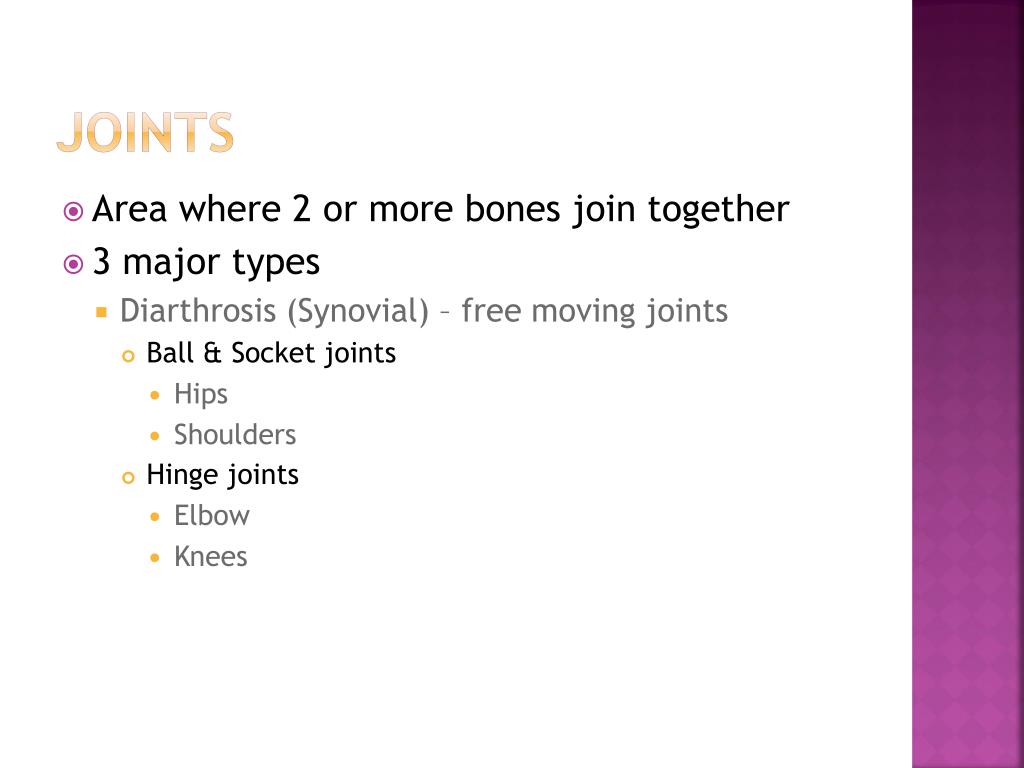
The popliteus helps unlock the knee from a straightened or extended position. The gastrocnemius pushes the foot down (plantar flexes) and helps bend the knee. There are two other important muscles of the knee complex. The three posterior hamstring muscles: biceps femoris, semitendinosis, and semimembranosis function to decelerate, stabilize and bend the knee joint, and attach to the posterior part of the tibia and fibula. Within the quadriceps tendon is the patella (knee cap.) The patella is a sesamoid bone, which provides increased leverage to the quadriceps muscle to improve its efficiency.

Tendons are part of the muscle, and attach muscle to bone. The muscles join together to form the common quadriceps tendon. The four muscles of the quadriceps: vastus lateralus, vastus medialus, vastus intermedius and rectus femoris function to extend the knee. The two main muscle groups are the quadriceps on the anterior side of the knee and femur, and the hamstrings on the posterior side. The muscles surrounding the knee function to both move and stabilize the joint. The articular cartilage has a smooth and shiny surface, which allows the ends of the bones to slide freely over each other.Ĭommon conditions of these joints include knee osteoarthritis, rheumatoid arthritis, tibial plateau fractures, patellofemoral syndrome, degenerative joint disease and chondromalacia. The osseous joint surface all have articular cartilage that covers the ends of the bones. There is also a joint between the small lateral bone of the lower leg (fibula) and the larger tibia. The patella glides up and down a groove on the anterior distal aspect of the femur called the patellofemoral joint. The second joint in the knee complex is located between the patella (knee cap) and the femur. The tibiofemoral joint is a hinge joint, located between the largest bone in the body (the femur) and the larges bone in the lower leg (the tibia.) These two bones are joined together and form a medial and lateral compartment. When it is in the bent position it is unstable but allows for movement in several planes. When the knee is in its fully extended position it depends on its ligaments, meniscus, and mechanical screw home mechanism for stability.

These are the patellafemoral joint, tibiofemoral joint, and the tibiofibular joint. The knee complex is composed of four bones and three osseous bone-to-bone joints. It is built for weight bearing, stability and mobility. The knee is the largest joint in the body.


 0 kommentar(er)
0 kommentar(er)
